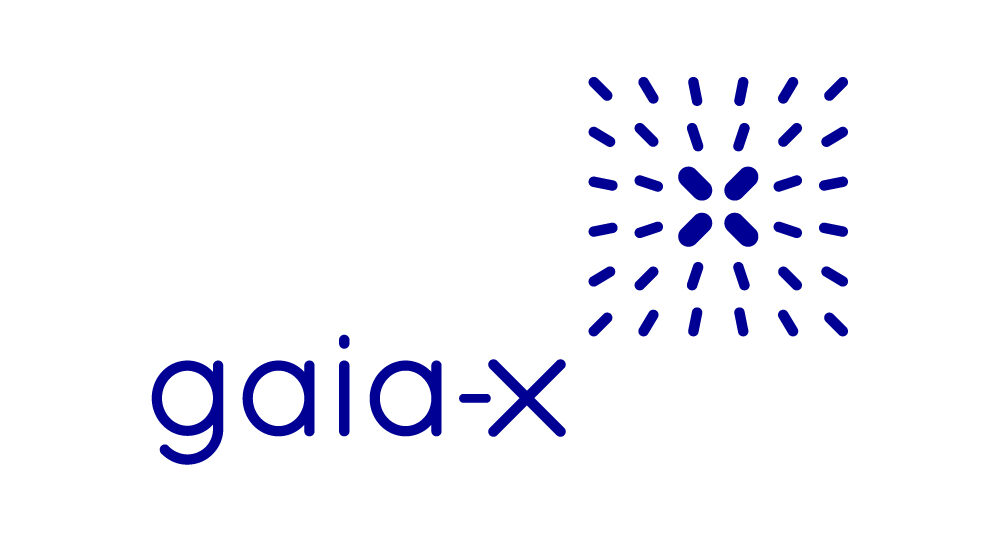The GAIA-X infrastructure project was initiated by the German Federal Ministry for Economic Affairs and Energy and the French Ministry of Economy and Finance with the idea to build up a networked, high-performance, secure and trustworthy data infrastructure for Europe as the cradle of a vital European ecosystem, especially for the for the economy.((German Federal Ministry for Economic Affairs & Energy, and French Ministry of Economy & Finance (2020): Franco-German Position on GAIA-X, https://www.bmwi.de/Redaktion/DE/Downloads/F/franco-german-position-on-gaia-x.pdf?__blob=publicationFile&v=10, German Federal Ministry for Economic Affairs & Energy and Ministry of Economy & Finance (2020): Germany and France take the lead as Europe makes first step towards building a European data infrastructure, https://www.bmwi.de/Redaktion/EN/Pressemitteilungen/2020/20200604-germany-and-france-take-the-lead-as-europe-makes-first-step-towards-building-a-european-data-infrastructure.html and Achim Streit und Jos van Weze (2021): Deutschland in der European Open Science Cloud, in: M. Putnings, H. Neuroth, & J. Neumann (ed.), Praxishandbuch Forschungsdatenmanagement, p. 40, https://doi.org/10.1515/9783110657807-003.))
GAIA-X’s declared mission is to strengthen digital sovereignty for business, science, government and society by empowering the development of innovation ecosystems.((German Federal Ministry for Economic Affairs and Energy (ed.): GAIA-X: Driver of digital innovation in Europe, p. 2, no identifier or else.)) The project envisages the networking of decentralised infrastructure services, especially cloud instances, into a homogeneous, user-friendly system.((Achim Streit und Jos van Weze (2021): Deutschland in der European Open Science Cloud, in: M. Putnings, H. Neuroth, & J. Neumann (ed.), Praxishandbuch Forschungsdatenmanagement, p. 40, https://doi.org/10.1515/9783110657807-003.))
Besides that, GAIA-X is also big politics and marketing: It is about European values, about data protection and above all about independence, compared to infrastructures from other continents.((Mahn (25th June 2020): Gaia-X: Wie Europa in der Cloud unabhängig werden soll. c’t Magazin, https://www.heise.de/ct/artikel/Gaia-X-Wie-Europa-in-der-Cloud-unabhaengig-werden-soll-4783596.html.)) In the German press, there is not only approval of this idea.((Beckedahl (5th June 2020): Gaia-X: Unter Mondlandung geht’s nicht. netzpolitik.org, https://netzpolitik.org/2020/unter-mondlandung-gehts-nicht/.)) How this infrastructure project will develop in the future remains to be seen. So does a corresponding review.
Fields of Work in GAIA-X
Many companies and academics are working under the auspices of the French and German ministries on standards, software and an organisational framework to help European companies make greater use of services in the cloud. ((Mahn (25th June 2020): Gaia-X: Wie Europa in der Cloud unabhängig werden soll. c’t Magazin, https://www.heise.de/ct/artikel/Gaia-X-Wie-Europa-in-der-Cloud-unabhaengig-werden-soll-4783596.html.)) The fundamental papers for these are the GAIA-X Policy((German Federal Ministry for Economic Affairs and Energy (ed.) (2020). GAIA-X: Policy Rules and Architecture of Standards, no identifier or else.)) and the GAIA-X Architecture((German Federal Ministry for Economic Affairs and Energy (2020): GAIA-X: Technical Architecture, no identifier or else.)). The GAIA-X milestones for 2021 and 2022 give an impression on the current technical developments.
The participants in the GAIA-X project are currently working on use cases in working groups for eight domains: Energy, Finance, Health, Industry 4.0/SMEs, Agriculture, Mobility, Public sector, and Smart living.((German Federal Ministry for Economic Affairs and Energy (2020): GAIA-X: A Pitch Towards Europe, no identifier or else, p. 2.))
The first applications for projects were approved in summer 2021.(( Federal Ministry for Economic Affairs and Energy (2021): Gewinnerskizzen des GAIA-X Förderwettbewerbs, https://www.bundesnetzagentur.de/DE/Sachgebiete/Telekommunikation/Unternehmen_Institutionen/Digitalisierung/Foerderwettbewerb_GAIAX/Gewinnerskizzen.pdf;jsessionid=780D0249E14D801F1FE7A510543EC6D1?__blob=publicationFile&v=4, no identifier or else.)) Projects outlines from the fields of mobility, aerospace, finance, health, construction, education, infrastructure, law and agriculture were accepted. Well-known international companies from Europe such as IBM Germany, SAP, Airbus Defence and Space, Siemens Healthineers were represented.
Linking Different Initiatives
Currently, parallel to GAIA-X, the EOSC is being developed as a cloud on a European level and the NFDI as a national infrastructure. There are therefore currently many initiatives in the area of research data infrastructures at different levels and in different areas.
At the FAIR Festival 2021 there was a plenary on the “Cloud Cosmos: NFDI, Gaia-X and EOSC”. This can help you understand the considerations in linking the different infrastructure projects:
With “FAIR-Data Spaces” the German Federal Ministry of Education and Research supports the establishment of a common cloud-based data space for science and industry by linking GAIA-X and the NFDI.((German Federal Ministry for Education and Research (2021): Mit FAIR-Data Spaces schaffen wir einen gemeinsamen Datenraum für Wissenschaft und Wirtschaft – BMBF, press release from the 16th June 2021, https://www.bmbf.de/de/karliczek-mit-fair-data-spaces-schaffen-wir-einen-gemeinsamen-datenraum-fuer-wissenschaft-14723.html.)) There is therefore a very concrete will at the national level in Germany to connect these two infrastructure projects.
GAIA-X and Science
In addition to many European business enterprises, the Fraunhofer-Society is particularly involved in GAIA-X from the field of science. As of July 2021, the Max Planck Society is not yet involved.((Fraunhofer Society (2021): GAIA-X: Fraunhofer ist Key-Player beim Bau einer föderalen Dateninfrastruktur für Europa. Fraunhofer-Institut für Software- und Systemtechnik ISST, https://www.isst.fraunhofer.de/de/gaia-x/GAIA-X_Fraunhofer-ist-Key-Player.html.))
For the end user or scientist, GAIA-X will probably offer little or no concrete applications. If a company is considering sharing data with others, the planned data dump in GAIA-X may be of interest for that. ((Mahn (25th June 2020): Gaia-X: Wie Europa in der Cloud unabhängig werden soll. c’t Magazin, https://www.heise.de/ct/artikel/Gaia-X-Wie-Europa-in-der-Cloud-unabhaengig-werden-soll-4783596.html.)) It is therefore difficult at present to formulate a concrete use scenario for MPG scientists in relation to GAIA-X.
Nevertheless, GAIA-X is worth mentioning as an RDM infrastructure that is currently being set up in Europe. For this reason alone, this infrastructure project should be pursued with great interest. The RDM Support team will continue to do this for you as MPG researchers. So please get in touch if you have any specific questions here. We will be happy to help you.

